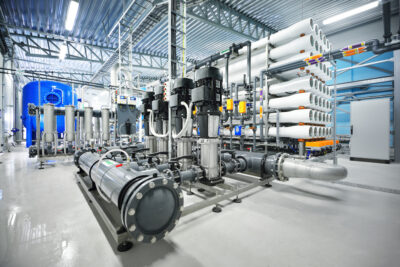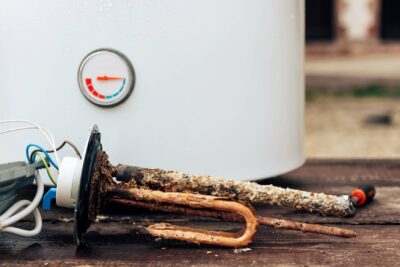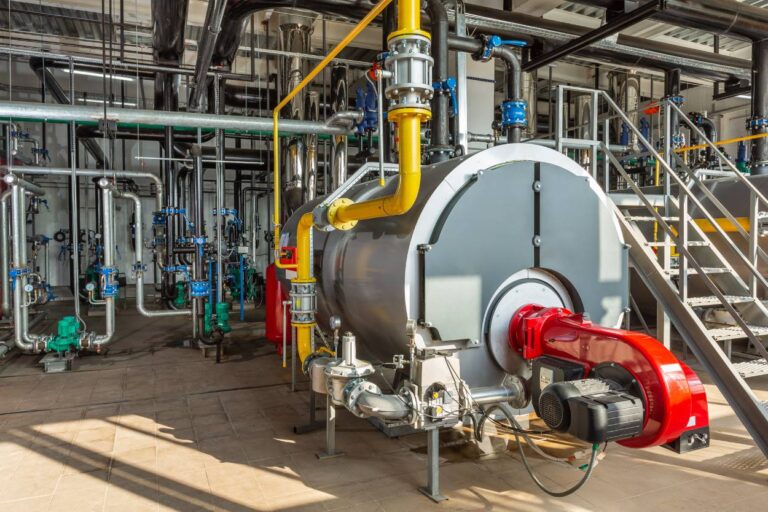Comprehensive Guide to Boiler ” Water Side Heat Exchanger” Cleaning
Boiler heat exchangers are pivotal components in industrial, commercial, and residential heating systems, designed to transfer heat from the combustion process to the water or steam circulating within the system. Over time, these heat exchangers can accumulate deposits, scale, and contaminants, which can significantly impair their efficiency and performance. Regular cleaning is essential to maintain optimal operation and extend the life of the equipment. This article delves into the significance of cleaning boiler heat exchangers, methods and techniques used, and best practices for effective maintenance.
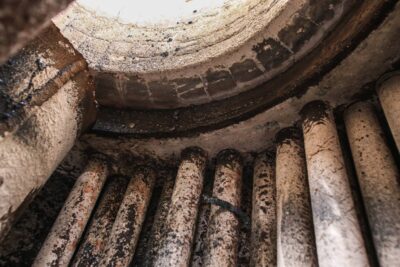
1. The Importance of Cleaning Boiler Heat Exchangers
Heat exchangers in boilers are responsible for efficiently transferring thermal energy from the burning fuel to the heating medium. When these components become fouled, several issues can arise, including:
- Reduced Heat Transfer Efficiency: Accumulated deposits, such as scale or soot, act as insulators, diminishing the heat transfer efficiency and forcing the boiler to work harder to achieve the desired temperatures.
- Increased Fuel Consumption: Reduced efficiency leads to higher fuel consumption, which translates into increased operational costs and a higher carbon footprint.
- Overheating and Damage: Excessive fouling can cause localized overheating, potentially leading to damage or failure of the heat exchanger and other boiler components.
- Safety Risks: In severe cases, improper heat transfer can create unsafe conditions, including the risk of overheating or even explosions if not properly managed.
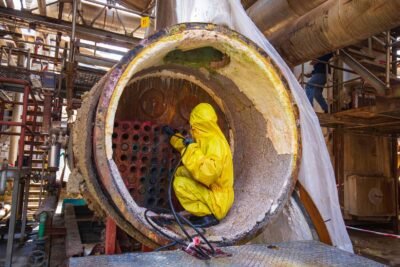
2. Types of Fouling in Boiler Heat Exchangers
Understanding the types of fouling common in boiler heat exchangers helps in selecting the appropriate cleaning methods. The main types include:
- Scale Deposits: Hard, mineral-based deposits that form due to the precipitation of calcium carbonate or other minerals from hard water. These deposits can significantly impede heat transfer.
- Soot and Combustion Residues: Particulate matter and residues from incomplete combustion can accumulate on heat exchanger surfaces, reducing efficiency and causing potential blockages.
- Corrosion Products: Rust and other corrosion by-products can form from the degradation of boiler materials, potentially leading to fouling and reduced heat exchange efficiency.
- Biological Growth: In systems that use water, biological growth, including algae and bacteria, can contribute to fouling and system inefficiency.
3. Methods for Cleaning Boiler Heat Exchangers
Several methods are employed to clean boiler heat exchangers, each suited to different types of fouling and operational contexts:
- Mechanical Cleaning
- Brushes and Scrapers: Physical tools are used to remove deposits from heat exchanger surfaces. This method is effective for loose or easily removable fouling but can be labor-intensive and may not be suitable for all heat exchanger designs.
- Rodding and Scraping: Specialized equipment, such as flexible rods and scrapers, can be used to clean tubes and other intricate parts of the heat exchanger.
- Chemical Cleaning
- Acid Cleaning: Acidic solutions, such as hydrochloric or citric acid, are used to dissolve scale and mineral deposits. Acid cleaning is highly effective but requires careful handling to avoid damaging the heat exchanger or surrounding equipment.
- Alkaline Cleaning: Alkaline cleaners, including solutions based on sodium hydroxide, are employed to remove organic deposits, such as oil and grease. These solutions can also aid in dissolving some types of scale.
- Chelating Agents: Chelating solutions, such as EDTA, bind with metal ions to help dissolve and remove scale deposits. They are particularly effective in systems with significant calcium or magnesium buildup.
- Water-based Cleaning
- Steam Cleaning: High-pressure steam can be used to remove loose deposits and residues. This method is less aggressive and suitable for systems with delicate components.
- Circulating Water: For systems with significant scale or fouling, circulating water mixed with cleaning agents can effectively remove deposits through agitation and chemical reaction.
- Ultrasonic Cleaning
- Ultrasonic Waves: This method uses high-frequency sound waves to create cavitation bubbles in a cleaning solution. The bubbles implode, producing a scrubbing action that helps dislodge contaminants from heat exchanger surfaces. Ultrasonic cleaning is effective for intricate or sensitive heat exchangers.
4. Best Practices for Boiler Heat Exchanger Cleaning
To ensure the cleaning process is effective and safe, adhere to the following best practices:
- Determine the Type of Fouling: Identify the type of fouling present to select the most appropriate cleaning method and solution.
- Follow Manufacturer Guidelines: Adhere to the boiler and heat exchanger manufacturer’s recommendations for cleaning procedures, solutions, and safety measures.
- Use Appropriate Safety Measures: Employ personal protective equipment (PPE) and ensure proper ventilation when handling chemical cleaning agents.
- Monitor and Maintain: Regularly monitor the performance of the heat exchanger and schedule periodic cleaning based on operational conditions and fouling tendencies.
- Document Cleaning Activities: Keep detailed records of cleaning procedures, dates, and any issues encountered to aid in future maintenance and troubleshooting.
5. Conclusion
Boiler heat exchangers are vital for efficient heating and energy transfer within various systems. Regular cleaning is essential to maintain their performance, prevent excessive fuel consumption, and ensure safe operation. By employing the appropriate cleaning methods and following best practices, facilities can enhance the longevity and efficiency of their boiler systems, ultimately leading to cost savings and improved safety.

